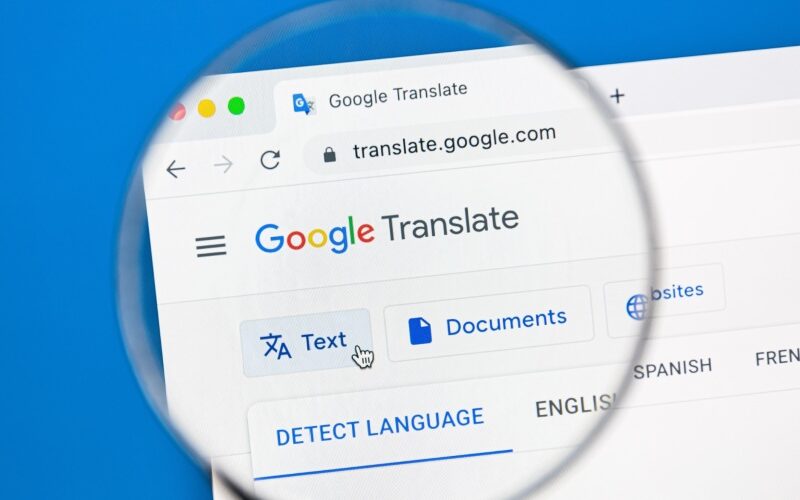Google Translater has revolutionized the way people communicate globally. In this article, we will explore the origins of Google Translate, its capabilities, and the impact it has had on bridging language barriers across the world.
Introduction to Google Translate
Google Translate is a free online service that provides instant translation between different languages. It was developed by Google and launched in 2006. Since then, it has become one of the most popular translation tools on the internet.
How Google Translate Works
Machine Translation
Google Translater operates on the principle of machine translation. It uses complex algorithms to analyze and translate text from one language to another. The system’s capabilities have evolved significantly over the years.
Neural Machine Translation
In 2016, Google introduced Neural Machine Translation (NMT), a technology that uses artificial neural networks to improve translation accuracy and fluency. NMT marked a major breakthrough in the field of machine translation.
Multilingual Capabilities
Extensive Language Support
Google Translate supports a vast number of languages, including major world languages and many lesser-known ones. This extensive language support has made it a go-to tool for communication.
Translation Modes
Users can translate text, documents, websites, or even have real-time conversations with people who speak different languages. The versatility of Google Translate makes it a valuable tool in various situations.
Impact on Travel and Tourism
Breaking Language Barriers
For travelers, Google Translate has been a game-changer. It allows tourists to communicate with locals, read signs, menus, and more, even if they are unfamiliar with the local language.
Cultural Exchange
The tool encourages cultural exchange by facilitating communication between people from different backgrounds. It promotes a deeper understanding of foreign cultures.
Educational Benefits
Language Learning
Google Translate can aid in language learning. Students and language enthusiasts can use it to check their translations, understand grammar, and expand their vocabulary.
Research and Academic Use
Researchers can use Google Translate to navigate foreign-language sources and access valuable information. It simplifies the process of studying documents written in languages they may not be fluent in.
Bridging Communication Gaps
Global Business
Businesses rely on Google Translate to connect with international clients and partners. It helps bridge communication gaps and facilitates negotiations, making global trade more accessible.
Humanitarian Aid
In crisis situations, aid workers can use Google Translate to communicate with affected communities, provide essential information, and offer assistance. It’s an invaluable tool for disaster relief efforts.
Challenges and Limitations
Accuracy Concerns
While Google Translate has improved significantly with NMT, it is not infallible. It can sometimes produce translations that are contextually incorrect or awkward.
Privacy and Security
The use of translation tools raises concerns about data privacy and security. Users should be cautious when translating sensitive or confidential information.
The Future of Translation
Advancements in AI
As artificial intelligence continues to advance, so will machine translation. Future iterations of Google Translate are likely to be even more accurate and context-aware.
Real-time Augmented Translation
Augmented reality and wearable technology may bring real-time translation to a new level, enabling users to see translations in their field of vision.
Conclusion
Google Translate has become an essential tool for breaking down language barriers, facilitating global communication, and promoting cross-cultural understanding. While it is not without its challenges, its impact on the world of communication is undeniable.
FAQs
Is Google Translate free to use?
Yes, Google Translater is a free online service provided by Google.
What is Neural Machine Translation (NMT)?
NMT is a technology that uses artificial neural networks to improve the accuracy and fluency of machine translation.
How many languages does Google Translate support?
Google Translate supports a wide range of languages, including major world languages and many lesser-known ones.
Can Google Translate be used for business purposes?
Yes, businesses often use Google Translate to communicate with international clients and partners.
What are the limitations of Google Translate?
Google Translate may produce translations that are contextually incorrect or have privacy and security concerns. Users should exercise caution when handling sensitive information.




